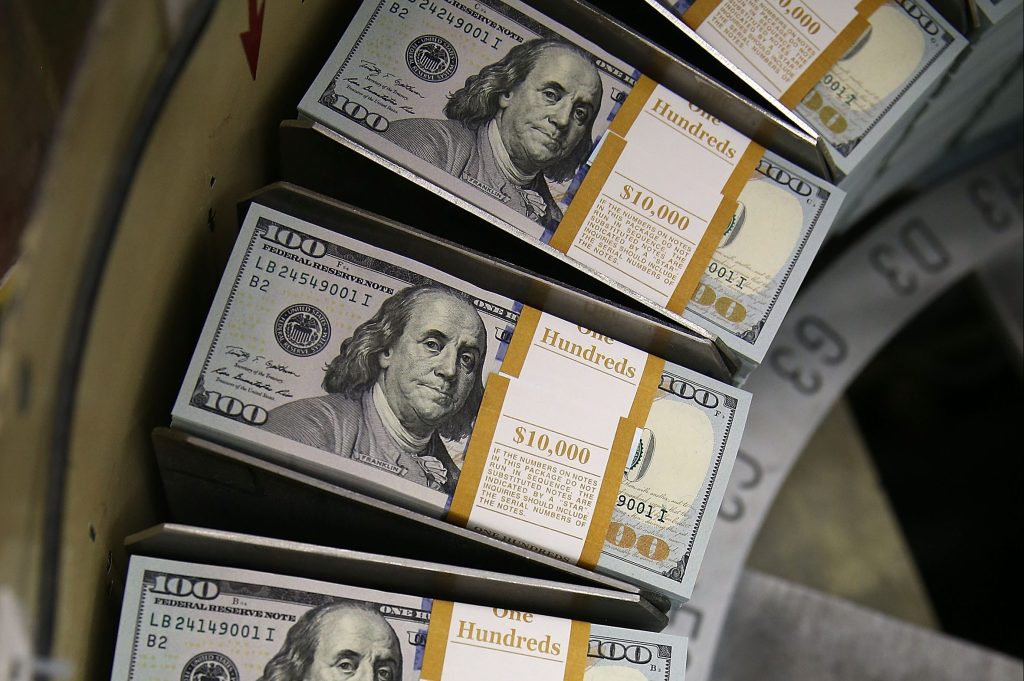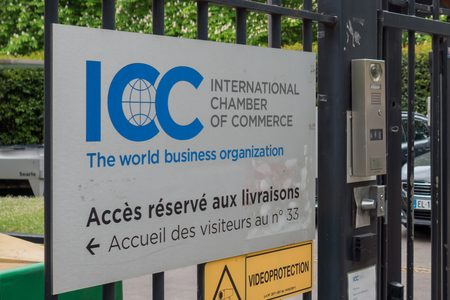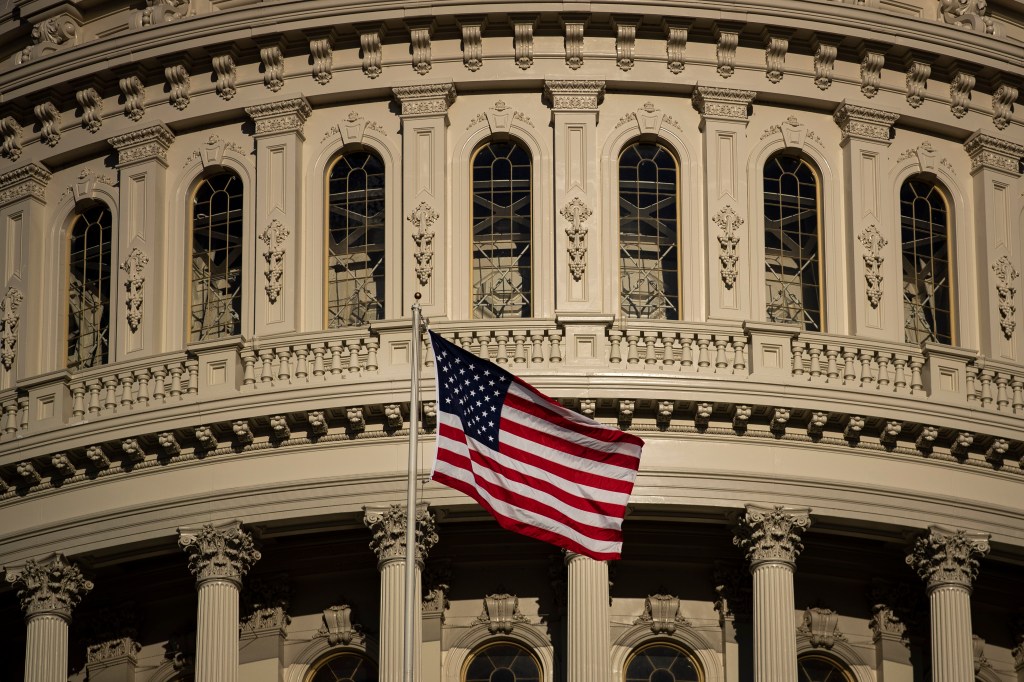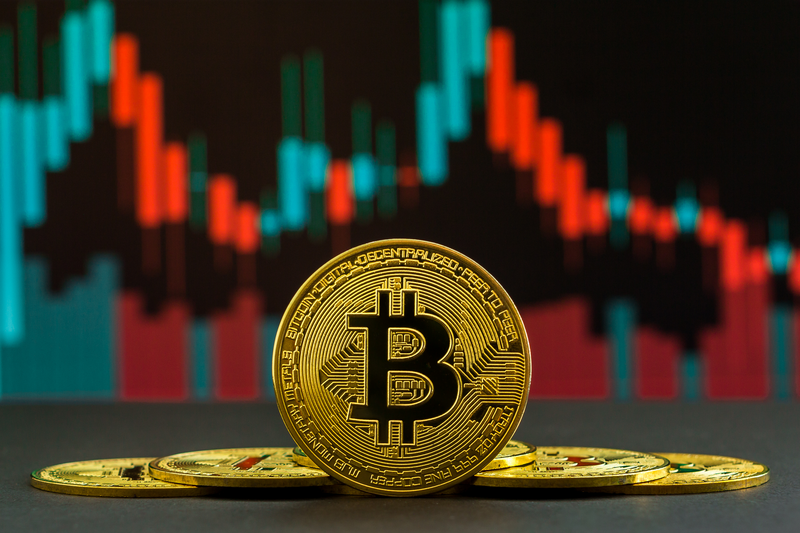Ever since Bitcoin’s frenetic rise, from a fringe internet fad in which 10,000 bitcoins would buy you two pizzas, to a mainstream financial asset where 10,000 bitcoins makes you a millionaire many times over, global regulators have been trying to get a grip on the cryptocurrency market.
Today, more than 4,000 cryptocurrencies exist around the world. Some are obscure and rarely traded. Others are joke coins that sometimes take off: Dogecoin – a cryptocurrency based on a meme featuring a Shiba Inu dog – gained more than 12,000% at one point. A significant number have also piggybacked on the success of Bitcoin and become prominent in their own right. Ethereum, for instance, reached a market cap of half a trillion dollars – second in size only to Bitcoin.
That growth – and the amount of money now at stake – means that the crypto market has evolved from what was once a regulatory Wild West to a world where the sheriffs are fighting over who gets to regulate it.
“Most of the financial regulators in the US are jostling for position with each other because they all want to have a key role in this new area of regulation,” said David Pelleg, Professor of Finance at Kent State University in Ohio.
“The chair of the US Securities and Exchange Commission (SEC) is Gary Gensler, who taught a course on blockchain at MIT (Massachusetts Institute of Technology) and he is leading the SEC’s mission to tackle the issue of what is a security, what is a utility token, and what is a currency.”
At the same time, the Commodity Futures Trading Commission (CFTC) regulates cryptocurrencies because they are considered commodities and, therefore, it oversees the cryptocurrency trading markets, as well as related futures and options markets.
“Right now, those two agencies are competing for turf,” said Pelleg.
Same KYC standard as banks
On top of that, the Office of the Comptroller of the Currency (OCC) – the national banking regulator – has also been trying to influence the market. Under its previous head Brian Brooks, the former legal chief of crypto exchange Coinbase, the OCC had been unilaterally handing out special banking charters to stablecoin issuers. Stablecoins are a type of cryptocurrency pegged to another asset, typically a fiat currency, which requires issuers to hold reserves to maintain the peg.
“The OCC created a special trust charter, so they could award licenses to crypto companies that didn’t require the approval of other federal regulators who were less enthusiastic about giving the industry what they wanted,” said Rohan Grey, Assistant Professor at Willamette University College of Law in Salem, Oregon.
“Most of the financial regulators in the US are jostling for position with each other because they all want to have a key role in this new area of regulation.”
David Pelleg, Professor of Finance at Kent State University in Ohio
“That became self-defeating because most of those companies didn’t want a banking license that didn’t give them the same benefits as a traditional banking license does, such as access to the central bank. By going it alone, the OCC turned what is normally quite a powerful licensing process into something pretty impotent.”
Then there is the government’s Financial Crimes Enforcement Network (FinCEN), which is also stepping up its oversight of cryptocurrency companies, in particular crypto exchanges.
“Over the past decade, FinCEN has been issuing piecemeal guidance on anti-money-laundering (AML) requirements applicable to the cryptocurrency space,” said Christopher LaVigne, a litigation partner at law firm Withers.
At the end of last year, all of that guidance was packaged into the 2020 Anti-Money Laundering Act, giving FinCEN broad powers to hold crypto companies to the same know-your-customer (KYC) standards that the regulator has traditionally required from banks, says LaVigne.
“All of this means that the burden of compliance has increased for companies operating in the US in terms of what information they need to collect from their customers. The big rub here is that the entire purpose of cryptocurrency originally was to get away from the government and this sort of onerous regulatory environment that fiat currencies exist in.”
Embracing or banning crypto?
While the US has been leading the way on crypto regulation, other countries have been taking a more prescriptive approach. China, for instance, banned banks and payment companies from providing cryptocurrency services such as trading, clearing, and settlement – the latest in a series of anti-crypto measures by Chinese authorities following a move in 2019 to block access to crypto exchanges.
The UK has also clamped down on the crypto market. The Financial Conduct Authority introduced a ban to stop crypto derivatives from being sold to retail investors. In a post-Brexit world, in which the UK is seeking to become a leader in financial services regulation, this move might have been misguided, says Jacqui Hatfield, co-chair of law firm Orrick’s global blockchain and cryptocurrency group.
“Derivatives are risky products, but there’s no reason why crypto derivative products should be dealt with differently than other derivative products,” she said. “While there should be restrictions, to have a complete retail ban on them was really putting out a negative message.”
The EU, in the meantime, introduced AML regulations that require all crypto exchanges and custodian wallet holders to be registered and to comply with those AML rules, says Hatfield.
One persistent challenge that global regulators face is the fact the crypto market and the technology underpinning it continues to develop at a faster clip than they can keep pace with.
“There’s a constant game of whack-a-mole going on for regulators – the crypto market is really just the bleeding edge of the technological frontier, and the technology frontier is always ahead of the regulators,” said Grey.
The emergence of stablecoins is also an area of concern for regulators. Grey was one of the authors of the recently-proposed STABLE Act to prevent non-bank entities from engaging in stablecoin activities and essentially becoming shadow banks.
“In the past, the kinds of actors who would do shadow banking were already large, established financial players, but now you can spin up a coin with a five-dollar server and some code, so there’s been a breakdown among a small circle of actors, which means the regulatory regime needs to catch up,” said Grey.
Classifying the crypto jungle
One concern with stablecoin issuers is the quality of assets they are holding to maintain their pegs. For instance, Tether – the world’s largest stablecoin issuer – used to claim all of its tokens were backed one-to-one by US dollars. But, in May, it released a breakdown of its assets, which revealed that, while just over three-quarters of its reserves are in cash or cash equivalents, only 3.87 percent of that was in actual cash.
Any signs that stablecoins could cause financial stress in other markets might prompt regulators to act faster.
“So far, the crypto market has not been significant enough to be a threat to financial stability, but with global coin initiatives like DM (formerly Libra), central bank digital currencies, and stablecoins, all of which could potentially impact financial stability, that is really going to change the landscape,” said Hatfield.
There is also the ongoing debate about how cryptocurrencies and digital tokens should be classified. Take the current court case between the SEC and US FinTech company Ripple, which issued a cryptocurrency called XRP back in 2012. At the end of last year, the SEC charged Ripple with conducting $1.3bn of unregistered securities offerings – in effect, asserting that XRP is not a currency but a security.

“So far, the crypto market has not been significant enough to be a threat to financial stability, but with global coin initiatives like DM (formerly Libra), central bank digital currencies, and stablecoins, all of which could potentially impact financial stability, that is really going to change the landscape.”
Jacqui Hatfield, co-chair of law firm Orrick’s global blockchain and cryptocurrency group
“If it’s judged to be a security, Ripple is in trouble. If it’s not a security, it might open the door for institutions to invest in future ICOs and token offerings,” said Pelleg. “So people are watching this case closely as the evolution of rules and laws will likely be driven by whatever precedents are set in this case.”
If the regulatory backdrop gets harsher in the US, will existing cryptocurrency businesses and exchanges consider exiting the country and relocating to a more crypto-friendly environment? Not in any meaningful numbers, reckons LaVigne.
“Maybe some will leave, and there’s been some companies that have made a lot of hay about leaving, but I don’t know how much bite is behind the bark,” she said.
“But where the US goes in terms of regulation, particularly over the course of the last four or five decades, the rest of the world has gone as well. There’s a fine line between being crypto-friendly and being the Wild West. It was the Wild West here in the US for a long time, and the result is there’s a whole ton of lawsuits and a whole ton of people who lost money because there was just a lot of fraud.”













